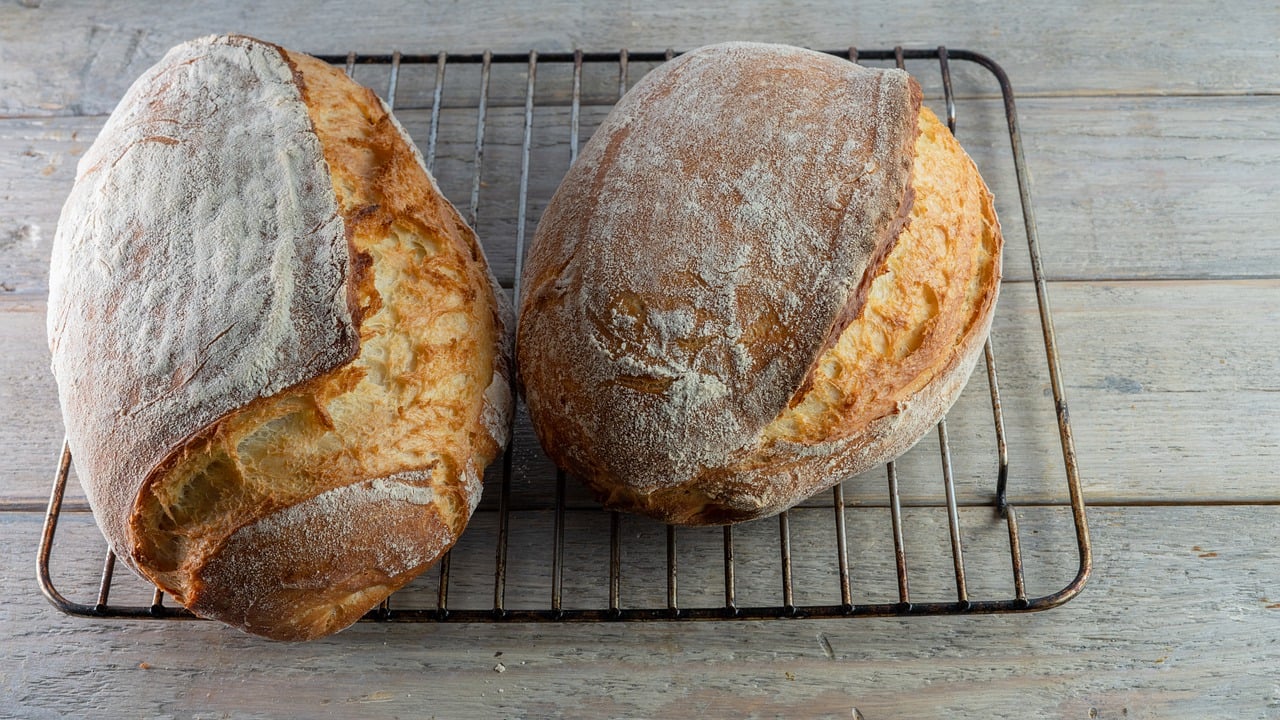How to Achieve a Sustainable Home Environment
When it comes to creating a green cleaning routine, one of the first steps is to swap out traditional cleaning products for eco-friendly alternatives. Look for products that are labeled as non-toxic, biodegradable, and free from harsh chemicals. These options are not only better for the environment but also safer for your health and the health of your family.
Another key aspect of a green cleaning routine is to reduce waste by using reusable or recyclable cleaning tools such as microfiber cloths, washable sponges, and glass spray bottles. By opting for reusable items rather than disposable ones, you can significantly cut down on the amount of waste generated during your cleaning routine. Additionally, consider making your own cleaning solutions using simple ingredients like vinegar, baking soda, and essential oils to further minimize your environmental impact.
Implementing Energy-Efficient Appliances
Switching to energy-efficient appliances can significantly lower your household’s electricity consumption. By replacing older models with newer, more energy-efficient ones, you can reduce both your energy bills and your environmental footprint. Look for appliances with the Energy Star label, as they are certified to be more energy-efficient and eco-friendly.
In addition to saving energy, energy-efficient appliances often come with advanced features that enhance their performance and durability. For instance, energy-efficient refrigerators use innovative technologies to maintain optimal temperatures while consuming less power. Investing in these appliances not only benefits the environment but also improves the overall efficiency and longevity of your household appliances.
What are some benefits of using energy-efficient appliances?
Energy-efficient appliances can help reduce your energy bills, decrease your carbon footprint, and contribute to a healthier environment.
How can I create a green cleaning routine?
You can create a green cleaning routine by using eco-friendly cleaning products, using reusable cleaning cloths, and reducing water consumption.
What are some examples of energy-efficient appliances?
Some examples of energy-efficient appliances include ENERGY STAR-rated refrigerators, washing machines, dishwashers, and air conditioners.
How can I ensure that my energy-efficient appliances are working properly?
To ensure that your energy-efficient appliances are working properly, you should regularly clean and maintain them, follow the manufacturer’s instructions, and schedule regular professional maintenance checks.
Are energy-efficient appliances more expensive to purchase?
While energy-efficient appliances may have a higher upfront cost, they can save you money in the long run through reduced energy bills. Additionally, many utility companies offer rebates and incentives for purchasing energy-efficient appliances.





